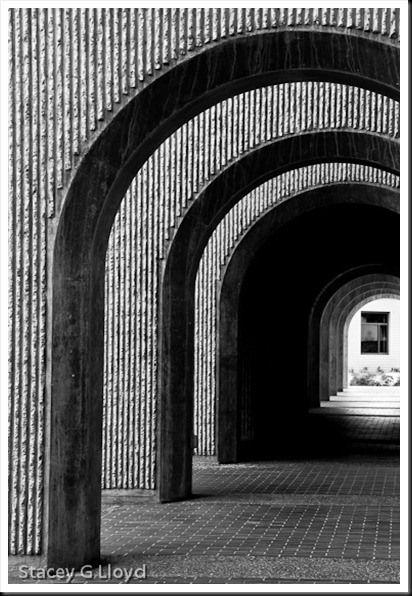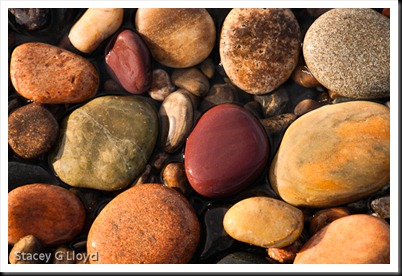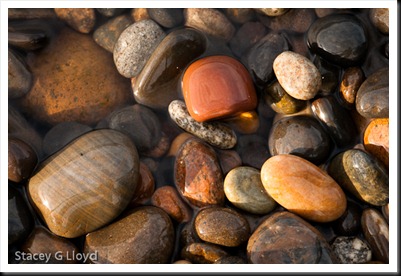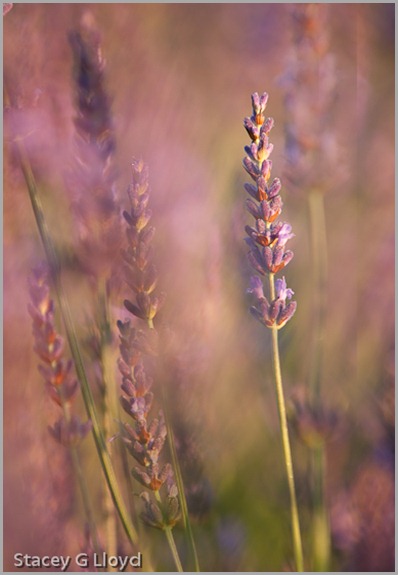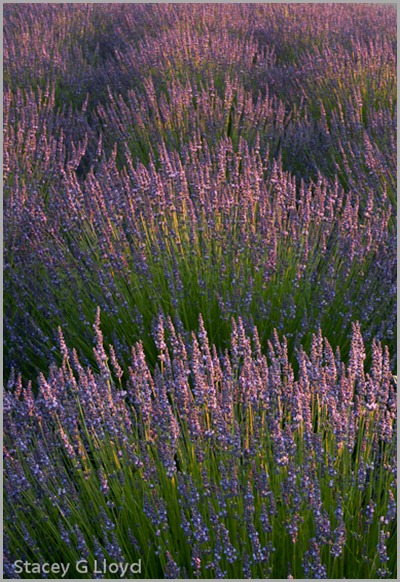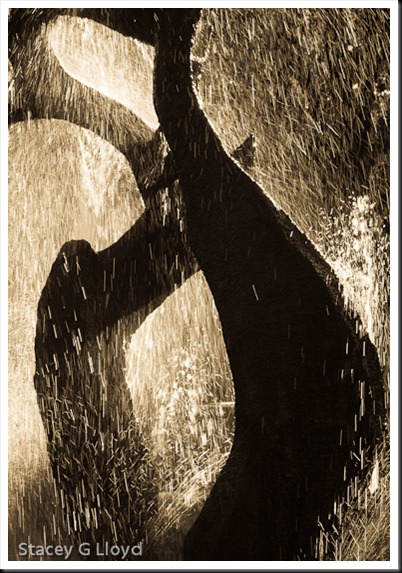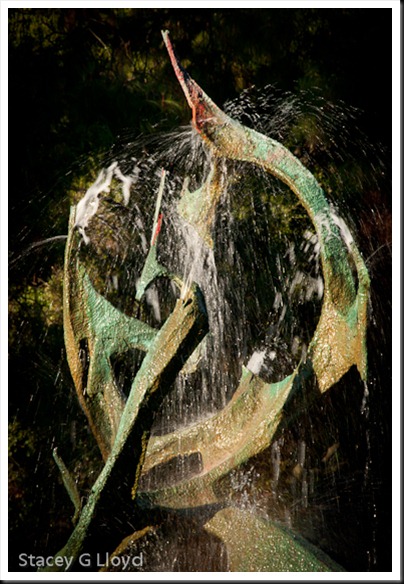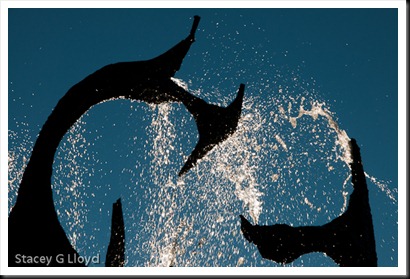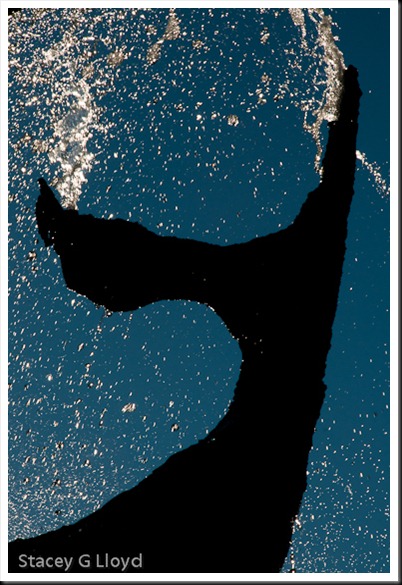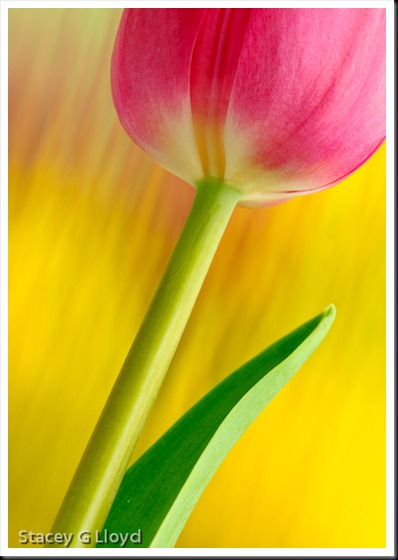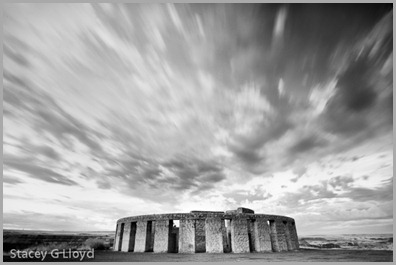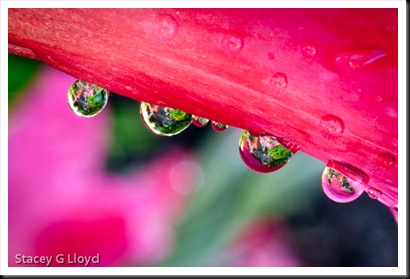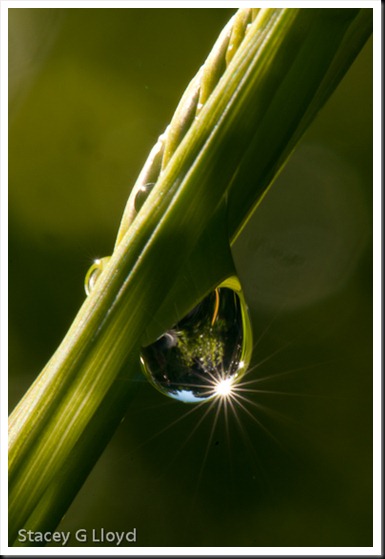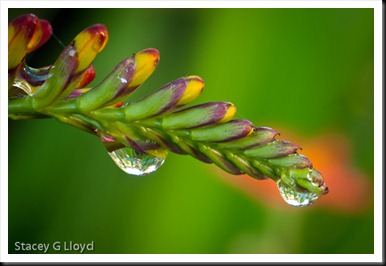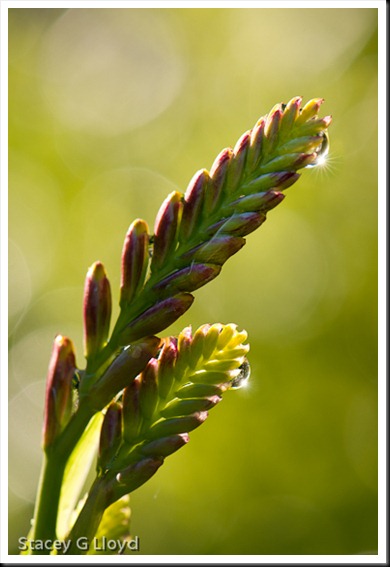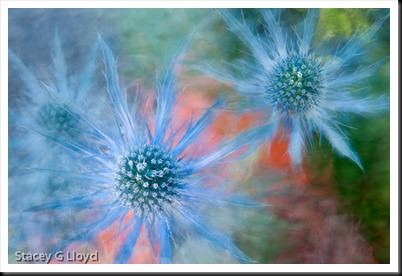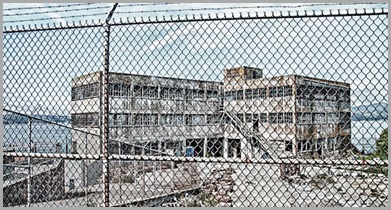I once had a college professor state that “you must be able to analyze before you can create”. This was much to the chagrin of the young engineers who wanted to just design something new, not analyze an existing design. Applying this to art and photography it is essential if you want to grow as a photographer. You need to spend time viewing and analyzing artwork and photographic images to see why they work. Look at the use of color, the use of tone, the composition or placement of key elements, the shape of the frame, the quality and direction of the light, the implicit lines formed by the tonal transitions, etc. You can also ask yourself how does this image make you feel and why? Why did the artist/photographer use the perspective/lens he did? Take the time just to study one image. It can really be enlightening when you are analyzing well crafted images. In the end, this analysis prepares your mind and heart to creatively capture what your eyes and soul see.
Blog Image: Taken at Stanford University. 1.3sec at f22. Processed with Lightroom 3.0.

